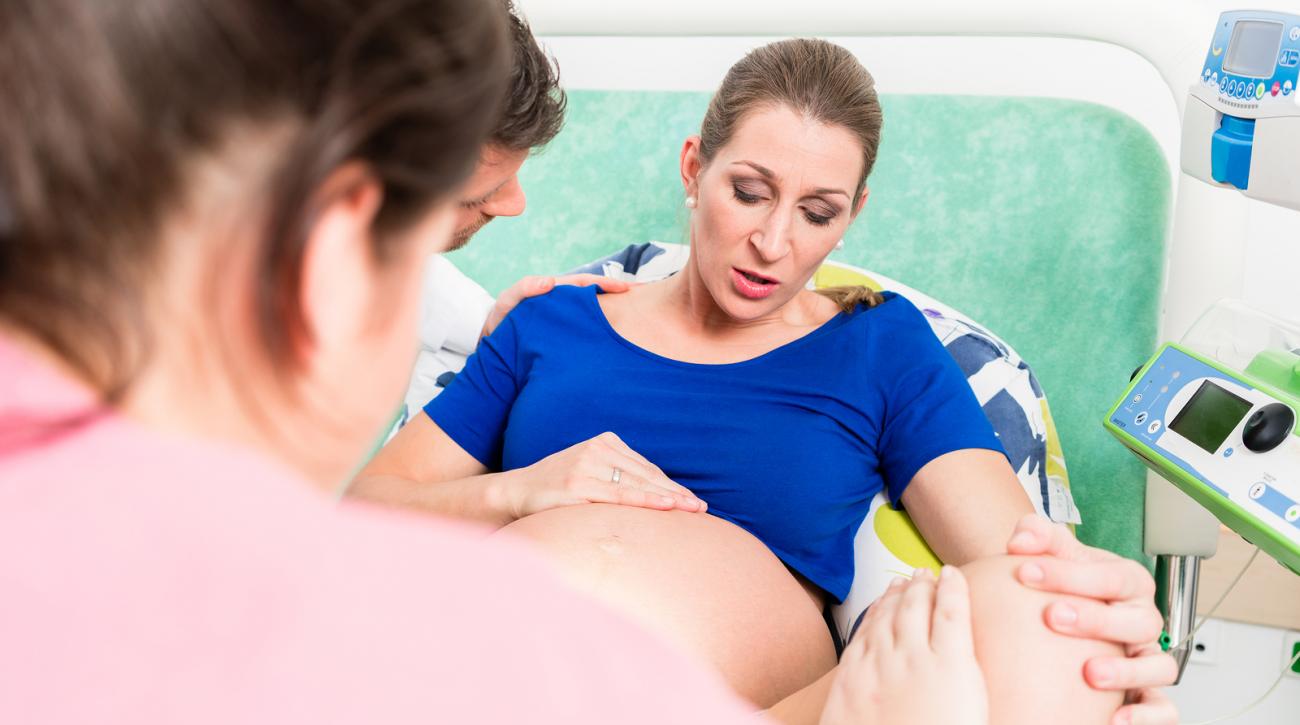Women with fewer socioeconomic advantages are more likely to report having unintended pregnancies, but pregnancy intention is a complicated concept. The Editor’s Choice study in the latest issue of the journal Women's Health Issues, “The Best of Intentions: A Structural Analysis of the Association between Socioeconomic Disadvantage and Unintended Pregnancy in a Sample of Mothers from the National Longitudinal Survey of Youth (1979),” explored the relationship between educational advantage and pregnancy intention. The authors found that women who had greater educational advantages in childhood were actually more likely to report their first births as being unintended after they controlled for race, age at first birth, poverty, and marital status.
Akilah Wise and her colleagues from the University of Michigan addressed the idea that a woman's educational expectation may influence whether she views a pregnancy as being unintended; those with fewer advantages may have lower educational expectations and see fewer opportunity costs to a “poorly timed” pregnancy. They used data from the National Longitudinal Survey of Youth (1979), which enrolled young men and women ages 14 to 22 in 1979 and interviewed them annually until 1994. After identifying 3,062 women who reported first births in that time period, the authors generated scores of educational advantage for each of these participants, based on their answers to questions about personal educational expectations and attainment as well as household characteristics associated with educational resources.
The authors found that before they adjusted for race, age poverty, and marital status, having greater educational advantage in youth was associated with lower odds of having an unintended first birth. However, once they controlled for those factors, women with more childhood educational advantages were more likely to report that their first birth was unintended.
Wise and her colleagues urged researchers reconsider the common use of unintended pregnancy “as a measure of access to and self-efficacy in using contraception, or as an important cause of maternal and child health disparities.” Instead, they recommended focusing on the structural inequities that influence women’s opportunities and promoting reproductive equity.
The full text of this Editor’s Choice article is available for free on the Women’s Health Issues website. Editor’s Choice articles from past issues are listed on the Free Editor’s Choice Collection page. Women’s Health Issues is the peer-reviewed journal of the Jacobs Institute of Women’s Health, which is part of the Milken Institute School of Public Health at the George Washington University.


